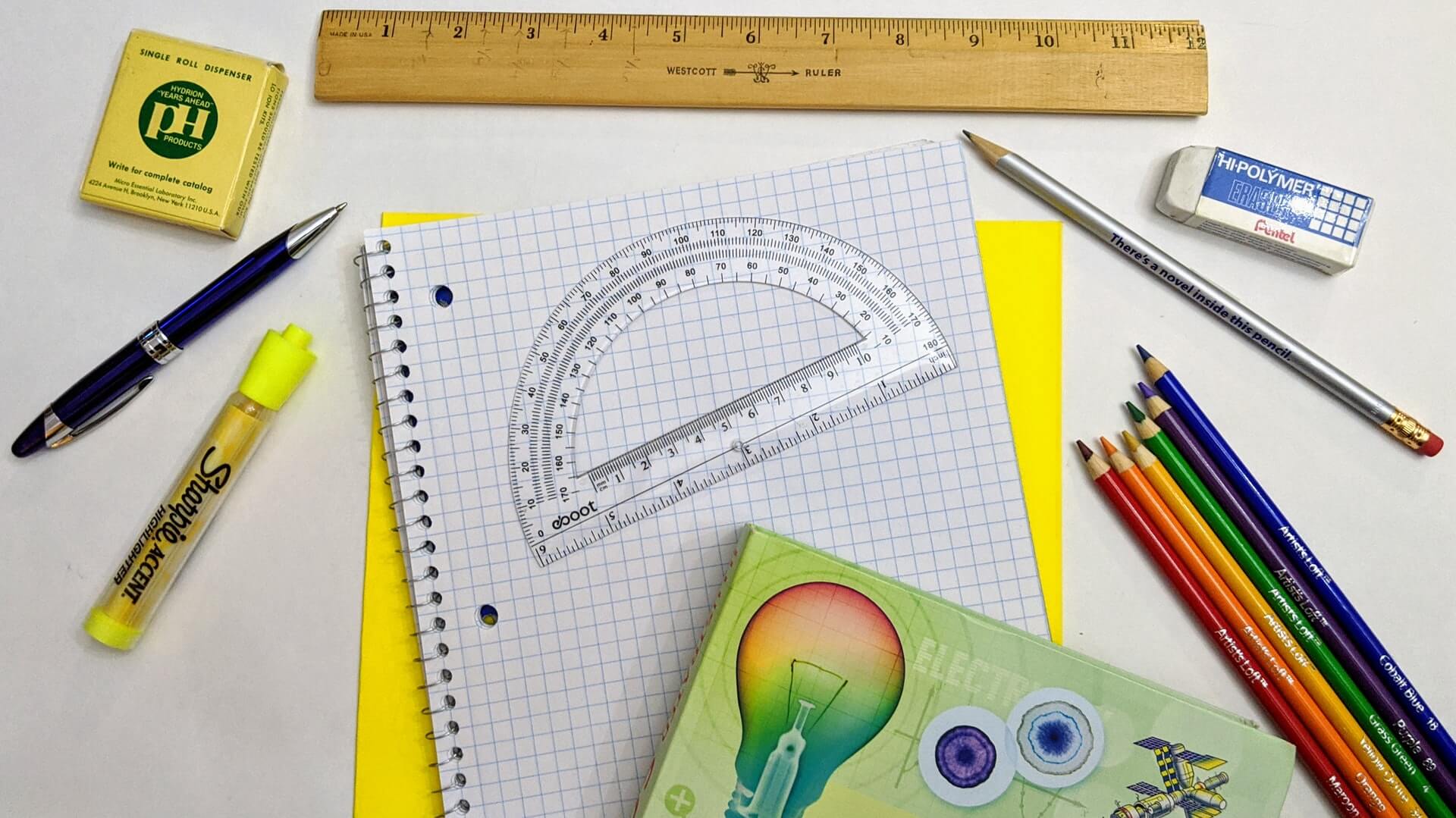After missing out on face-to-face classes and meeting new friends for more than a year due to the pandemic, learners once again get to cherish the joys of going to school. Students in areas who’ve been identified as low risk for the coronavirus have started to return to limited face-to-face classes across the country after almost 20 months of “blended” learning. Think about just how joyous many of these people have become.
For Education Secretary Leonor Briones, the pilot run of limited in-person classes, which began on November 15, was “very successful”.
In her report to President Rodrigo Duterte on December 28, Briones noted the effective implementation of the in-person classes in all the schools that had participated – public, private, and even international schools.
Consequently, there were some schools that have been able to operate safely during a pandemic that had strictly observed health protocols and reported zero Covid-19 cases and serious incidents involving learners.
Face to Face Learning
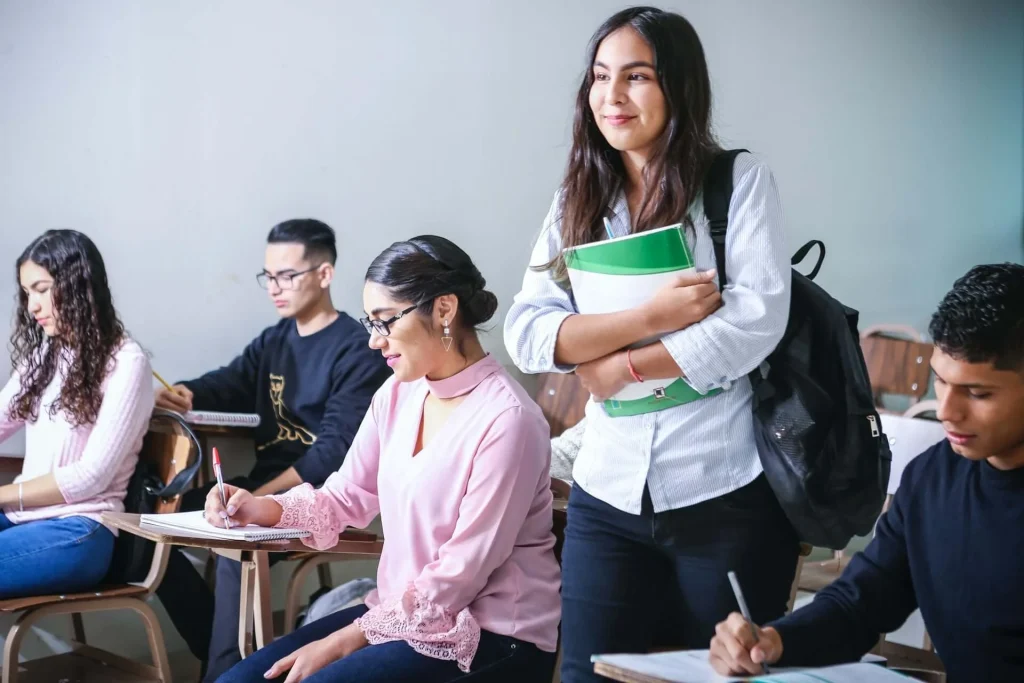
For those of you who don’t know, face-to-face learning is where the teacher and the student meet in a set place and time, specifically in a school setting, for either one-on-one learning or, more commonly, in group class lessons similar to what happens in schools.
Face-to-face learning is perhaps one of the most effective ways to learn knowledge and skills because it often combines different ways of learning including writing, reading, discussion, presentations, projects, group work, film clips, demonstration, and practice.
This method of education is essentially teacher-centered, where live interaction between a learner and an instructor is made apparent – creating the most traditional type of learning instruction. Learners can benefit from a greater level of interaction with their fellow students as well. In face-to-face learning, a better understanding and recollection of lesson content is made secure while class members are also given a better chance to bond with one another.
Benefits of the Face To Face Classes
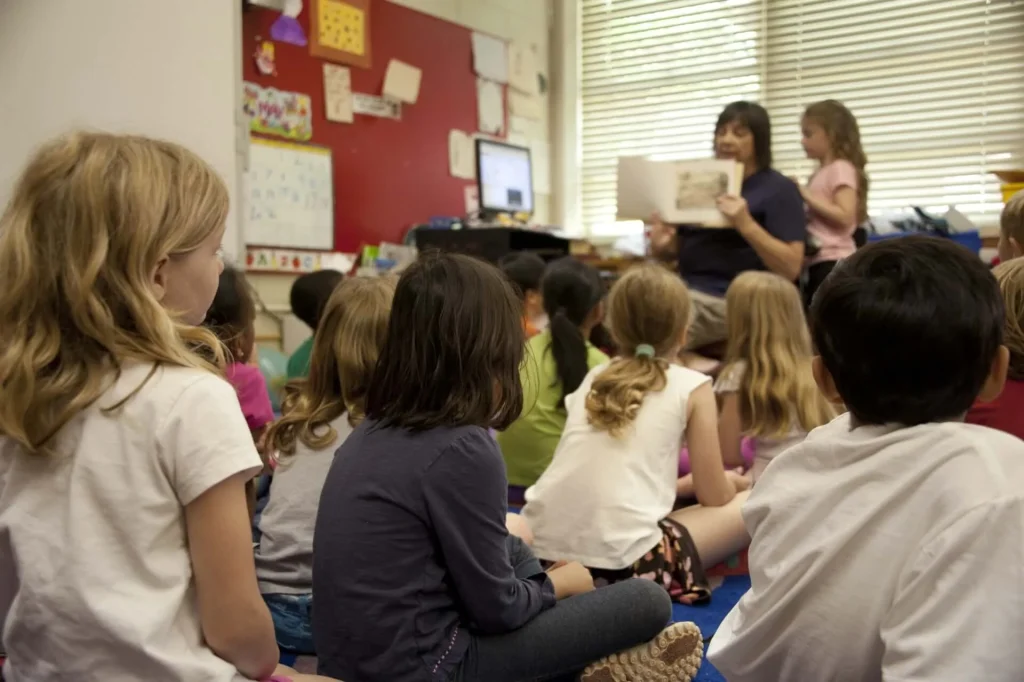
Obviously, there are advantages of face-to-face learning that are more or less apparent unless these are the things that you don’t think about. Anyway, here’s a short overview of the advantages of Face to Face classes:
You’ll be able to concentrate harder on your learning.
When you’re sitting in a classroom with a teacher in front of you, it’s so much easier to pay attention when your teacher is sitting right in front of you, staring at you, and making sure that you’re paying attention. On top of that, there’ll be less distraction than if you were at home, with people walking behind and around you. When you’re at school, you know you’re at school and you focus – you’re at a place dedicated to learning and you treat it that way whether you know it or not.
You can gain greater understanding, stories, and real-world examples in the face-to-face set up
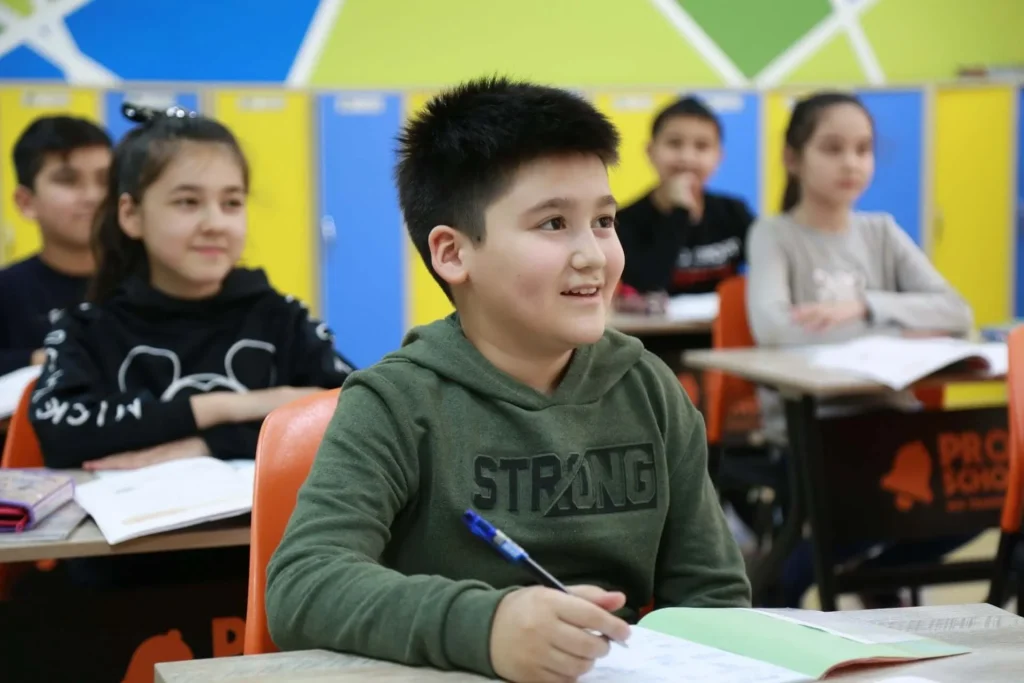
Humans weren’t made to experience and learn through the virtual world of the computer screen, we were made to experience the outside world of our RFO House and Lot at our fingertips – to see, interact, and experience with the going on of the world. You can gain a greater understanding of everything going on if you’re able to interact with people, it comes out much more relatable that way. Perhaps more importantly, you may feel more comfortable and learn more easily in a familiar, traditional classroom setting, especially if that’s what you’ve been used to for the majority of your life.
You have a greater chance of actually doing work
Working from home is great and all but let’s be honest here, how often do you actually have the space and time to get some productive work done when you’re working from home at your RFO House and Lot? Yeah, that’s right. You have to concede that the office space is a much more conducive environment for productivity and work, this holds especially true for children and their education. In a school setting, students feel more comfortable and learn more easily when they’re in a familiar, traditional classroom situation. The best part? Research suggests that they can actually get work done. When in a class setting, it’s said that one has a greater chance of completing their course successfully by doing it in a classroom situation, with teacher-led classes having almost 5 times higher completion rates than that of online learning. This also goes to show the woes that students have faced over the past 2 years. Without the guiding and calming presence of a teacher in their physical vicinity, many students have had trouble focusing and actually learning from their environment.
Home Learning

In stark contrast to face-to-face learning, we have online learning or home learning, where the course is taken online using a computer, without physically being with a teacher or other students inside a classroom. With greater flexibility and the ability to study from your RFO house and lot home, it has been found that most courses don’t need you to be online at a certain time of day, although you must actively participate in the course during the course time frame.
Advantages of Home Schooling
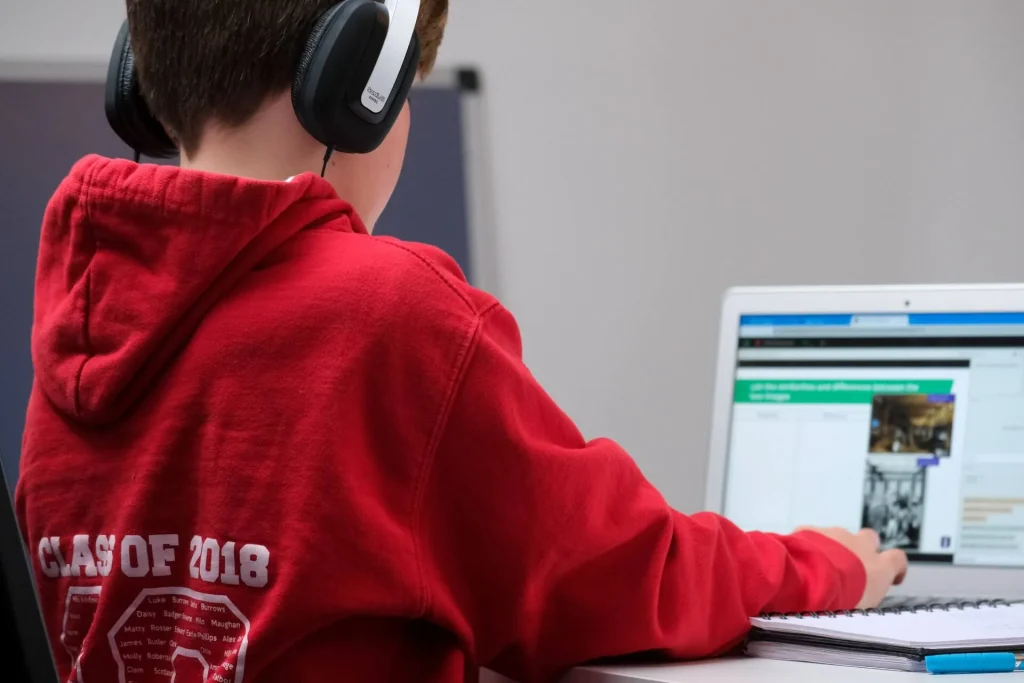
Obviously, saying that homeschooling and online learning was horrible experience is not a fair assessment. In the two years that home schooling and online learning was a thing, there’s bound to be some advantages to this more of learning that was previously unforeseen, right? Well, here they are:
Flexible Learning Time
Perhaps one of the biggest advantages of being able to study online and from the comforts of your own home is the fact that you can study from wherever you want, whenever you want. You will avoid being late to online class or getting distracted and you can just as easily pull up a chair and start your modules in your spare time. This means that you’re more relaxed than if you were in a classroom setting, where the high-stakes environment and surrounding peer pressure may not be conducive for learning for some students. This also means that online learning is suitable for people with different learning styles. If you’re an individual who’s much more used to physical experiences, for example, there are many examples online that you could find for practice. Want to read a lot? Pull up a book from your schools online library and get to work. Either way, the flexibility that online schooling provides is unmatched.
Costs Less
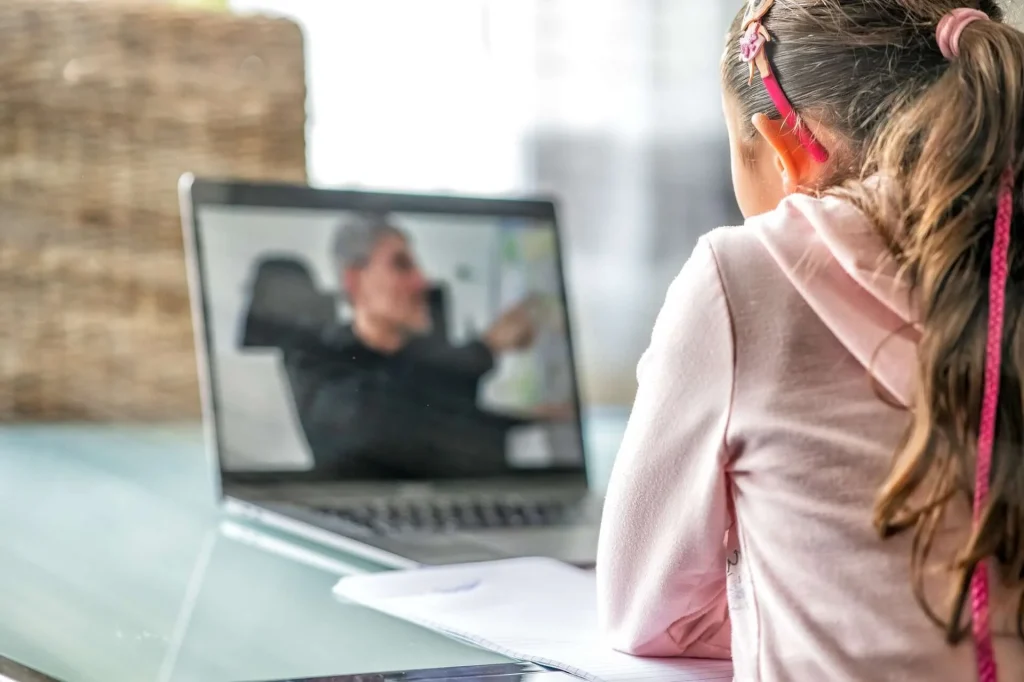
When facing the option between face to face classes and online learning, it’s obvious that online learning costs less than face-to-face learning. Why? Because there’s no need to travel for training and parking expenses. When you’re at home, there’s absolutely no need for an allowance or anything of the sort. It just costs less overall.
Access To The Course 24/7
The final benefit is the fact that you can have access to the course 24/7, especially if you’re using some online learning portal such as Canvas. This is great for people who constantly want to have access to the course modules for review and just future reference. This, effectively, increases the value of the course. How often have you joined a class and just forgotten everything about the course and its contents? With something like full access to the course for a lifetime, you’ll basically have this knowledge retained forever, unless of course, it becomes obsolete 10 to 20 years from now but at that point, you’ll hopefully be working or have a better source of more current information.
Preparing For Face To Face Classes

That said, with face-to-face classes set to come back, here are some things you have to do in your RFO House and Lot. While the degree of adjustment you’ll have to do will depend on the child, parents can help their children manage the increased pace of life by planning ahead, being realistic, and implementing a few back-to-school habits.
Re-establish bedtime and mealtime routine
Make sure to plan to re-establish the bedtime and mealtime routines of your children and prepare your child for this change by making sure that they are aware of the benefits of bedtime routines and mealtime schedules. Make sure to highlight that they don’t become overtired or overwhelmed by schoolwork and other activities. If possible, make sure to include pre-bedtime reading and household chores or other routine-based tasks that may have been suspended during the summer.
To accomplish this, you may want to look at a shared electronic calendar to make note of important dates and schedules. This is especially important if you want to be heavily involved with your child’s life and schedule, so you could juggle any additional obligations and family activities. As an added note, try your best to make sure that this schedule isn’t too compact – make sure that there’s plenty of time to get up, eat breakfast and prepare for school. You wouldn’t want too much extra time and any rushing to create even more anxiety in an already high-stress situation.
Designate a place for homework
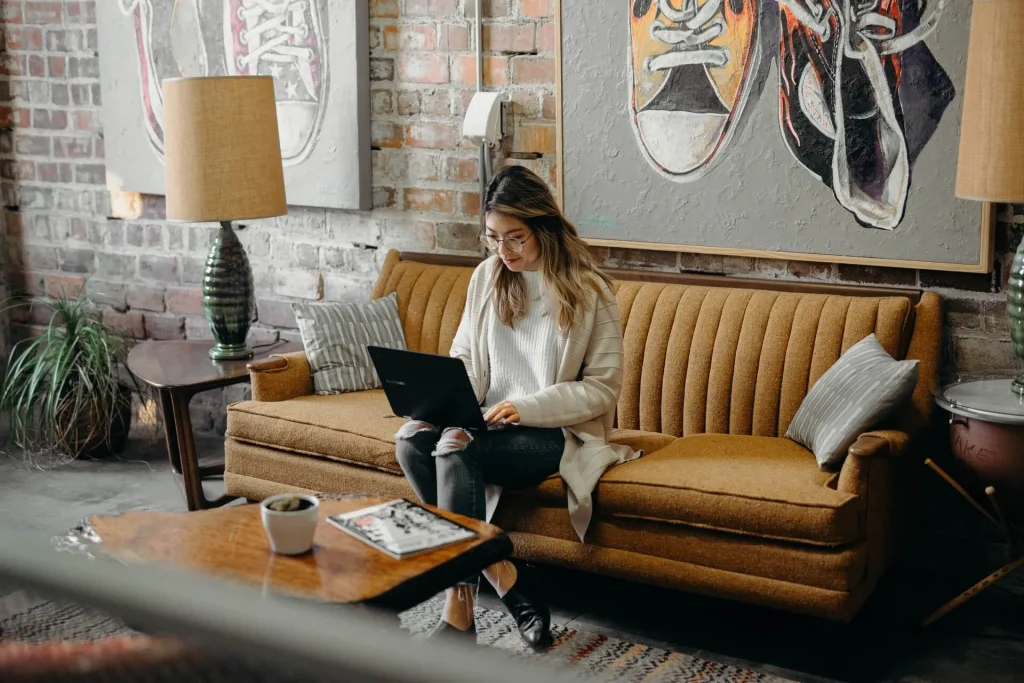
Perhaps just as important as having a schedule is a designated space for children to complete their school work, this holds especially true for younger children, who usually need an area set aside in the family room or kitchen to facilitate adult monitoring, supervision, and encouragement. For older children, you may want to have a designated home office or have the option of studying in their room or another quiet area in the RFO house and lot. With online meetings becoming a more accepted mode of communication, having a quiet area of the house for your older children will prove extremely useful.
Focus on the positives
To make sure that you and your child have a good time at school, you might want to try your best to focus on the positives. Have a flexible mindset where you’re prepared to change routines or make the necessary adjustments to prepare for the period of adjustment ahead. It’s also important to continue to remind your children that even though they’re at school, learning can still happen at any time -whether at school or at home – and that they can also keep in touch with and support their friends online and at school too.
As a parent, you’ll also want to stay informed and connected. Monitor emails from your child’s school closely and stay up to date on safety protocols changes and potential changes to school schedules. Stay connected with your child’s teacher and make sure that you know how your child is coping with the new safety protocols and face-to-face settings. In times of change, even in a “return” to normal, open lines of communication with your children is still important.
Overcoming Anxiety About Face To Face
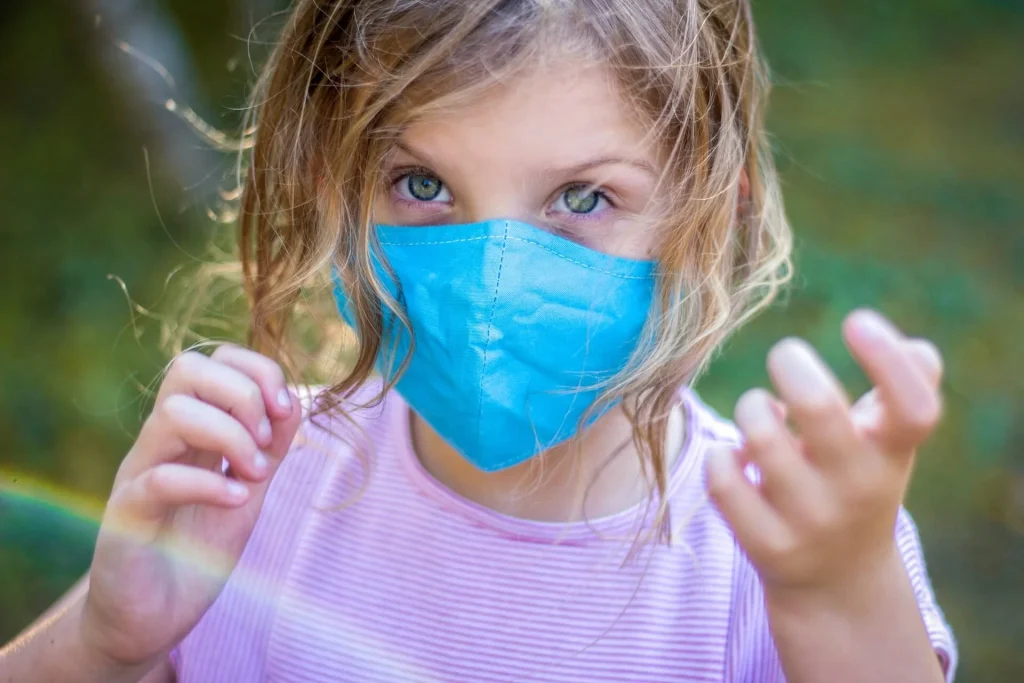
Parents and children are experiencing greater levels of anxiety and stress tackling the transition back to school. While some may be nervous about contracting and spreading the virus at school, parents play an influential role in helping children cope and adjust. Follow these tips to encourage a positive transition back to school:
Have Honest and Open Discussions
It’s important to have honest and factual conversations with your child about COVID-19 and the implications for returning to school. Make sure that not matter the age of your child, they’re able to understand the implications of what’s going on and that you clear their worries and anxieties.
Reinforce Your Child
Make sure to give your child a few strategies for them to manage a difficult and situation on his or her own. Encourage your child to tell you or the teacher if they are having continued challenges with the new safety protocols or learning remotely or in the classroom. If they’re worried about some form of shyness or worry about schedules or making new friends, make sure that they know about breathing techniques or thought exercises to help clear their worries.
Be Observant
Finally, there will be children who don’t wish to engage with their parents about their woes. As such, you should be observant about the general mood and aura that your children give off. Children have many emotional cues that can give you insight to their emotions. Speak well and remain calm when you’re talking about this – reassure them that you’re there for them no matter what and there will be great results.
Related Blog: Pandemic Face-to-face Classes: All You Need to Know


